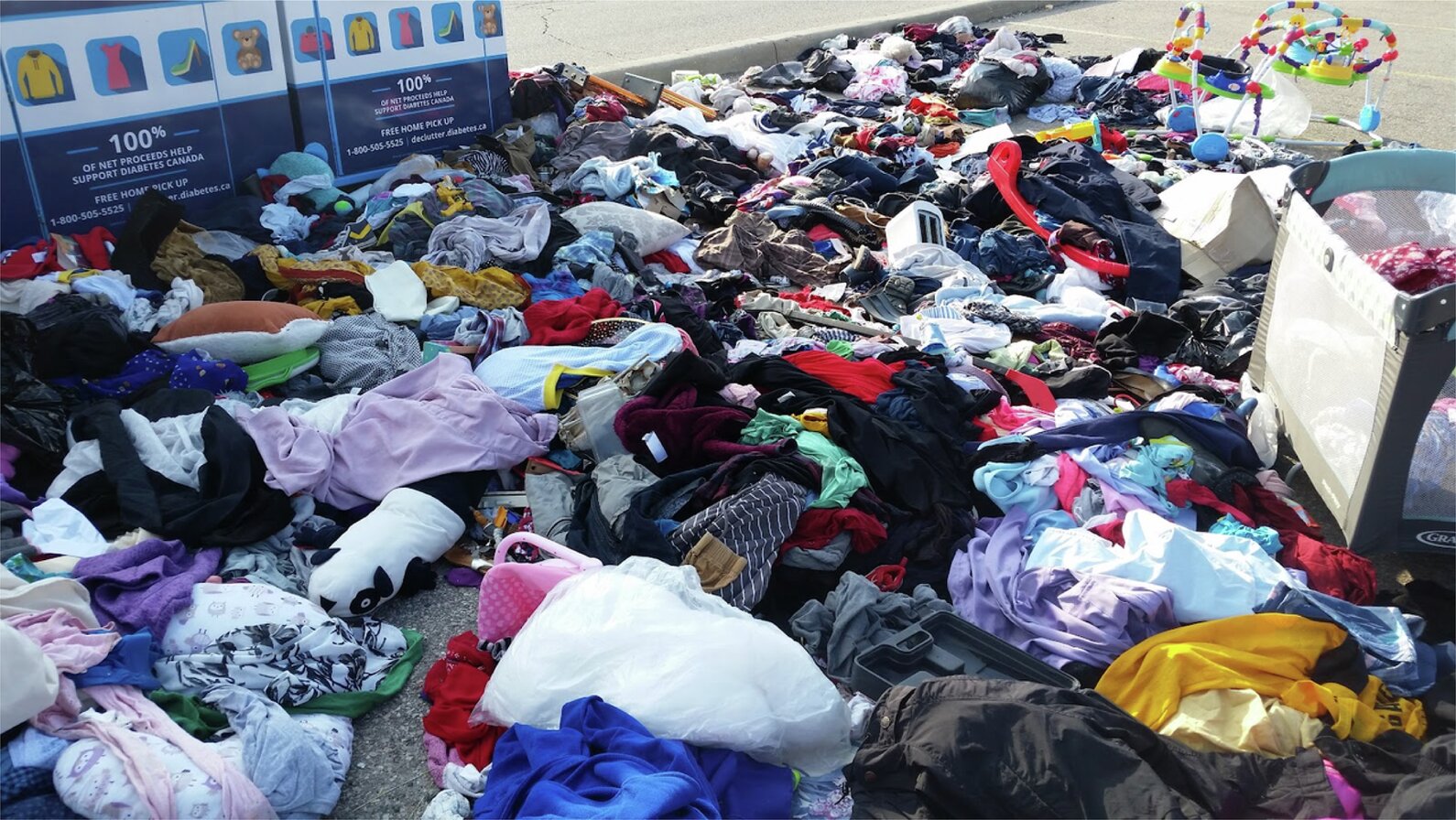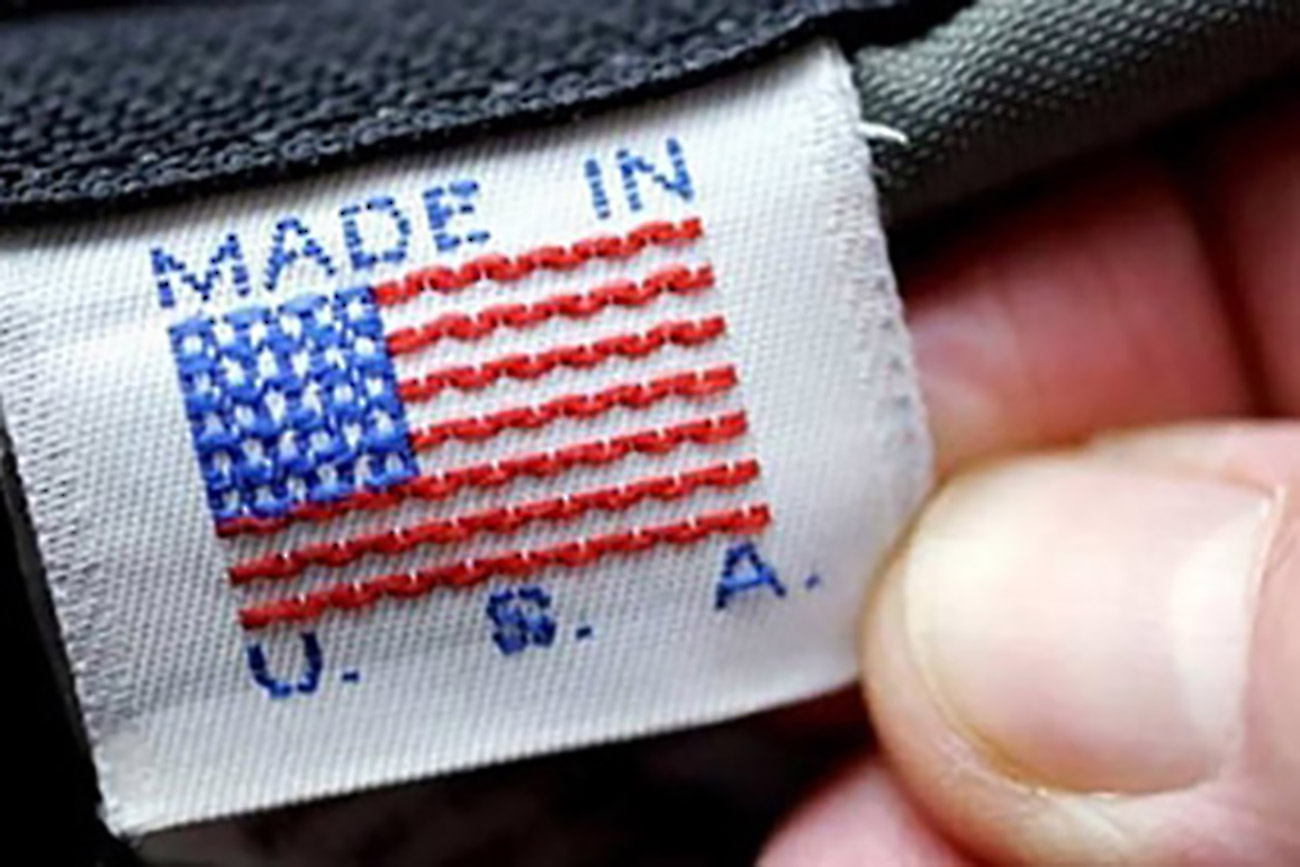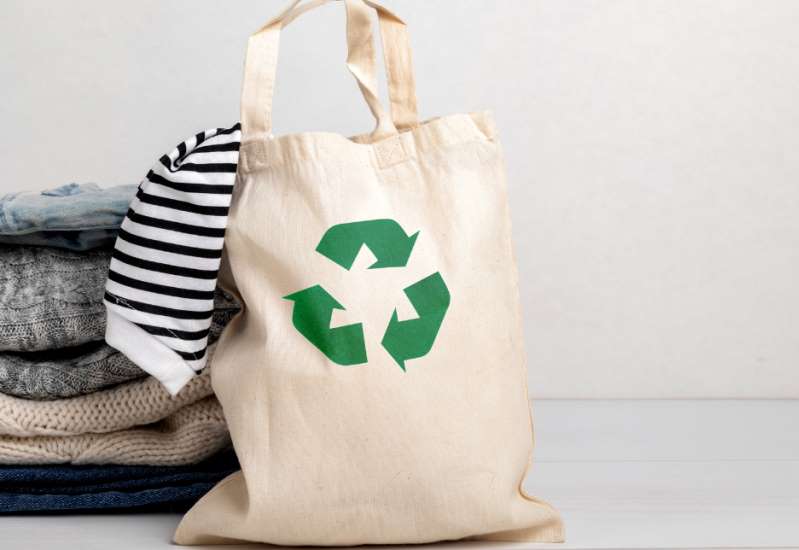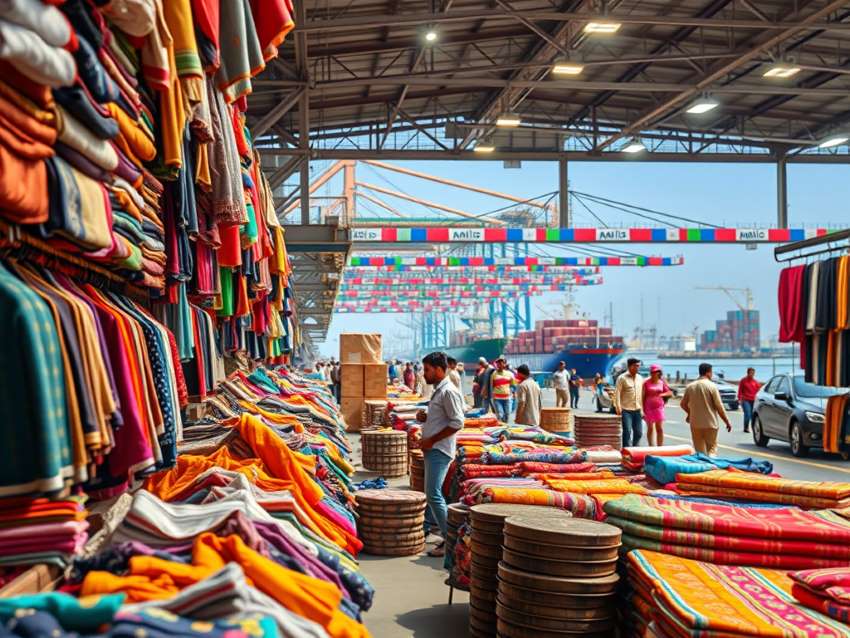
The days of long-awaited major fashion seasons of spring/summer and fall/winter have now gone replaced by fast fashion clothing with shorter lead times, frequent product turnover and cheap and cheerful reasonable pricing. While fast-paced fashion may be accessible and affordable to all, the manufacturing process uses low-quality materials and unskilled labor leading to global waste generation, pollution, labor exploitation, and social malpractices.
But the fashion industry honchos are turning a blind eye to this as profit stakes are high when sacrificing quality over quantity and that is what matters in the short run to them. Many global brands such as H&M, Forever 21, and Zara are now adding to the mass production of fast fashion by launching 52 micro–seasons over a year translating to one trend per week and breaking away from the traditional seasonal approach.
Laborers exploited in unorganized apparel segment
The fashion industry has always been labour-intensive depending on manual laborers much more than machines, with retailers under pressure to create a new line in time before their competitors do. Most retailers outsource the jobs to sub-contractors who then send it to South Asian countries such as India, Bangladesh, and Pakistan where cheap labour is easily exploitable. Child labour is rampant and women are treated even worse than men when working in factories in unhygienic conditions with low wages.
Extreme poverty, social norms condoning them, lack of decent work opportunities, labour migration, and incessant natural calamities all bring down the labor laws that are set up by the Human Rights Commission. There is an urgent need for innovative alternatives and rules to curb the toxic effects on both the laborers and the environment primarily in the unorganized sector who typically work on daily wages and without any legal document, which leads to further malpractices.
Fewer women in urban workforce compared to rural
In many countries like India, female labour participation rates have been low recorded at only 18 per cent in 2020 which is the lowest in South Asia and much below the 45 per cent global average. Women’s employment involvement is low despite rising GDP, increased education, rising family incomes and reduced fertility with just two children per family in urban areas. Industry analysts say that the gender participation gap is becoming worse over the years with 26.4 per cent for rural women versus 20.4 per cent for urban women in the workforce with stark differences across different Indian states.
This invisible women workforce in India is influenced by many factors on both the demand and supply side such as marital status, the number of children they have, lack of required education and skill sets and gender-caste intersectionality. However, women are far larger in number than men in the unorganized sector in jobs that are low-skilled and low-paid. In the urban corporate sector, they are outnumbered by men but this disparity is rapidly changing as women are increasing in number everywhere. Oxfam’s 2020 India Inequality Report called ‘On Women’s Backs’ points out generally women and young girls in India perform 3.26 billion hours of unpaid care work each day, which amounts to an annual economic contribution of $19 lakh crore.
The need of the hour is to properly execute some new and comprehensive labor legislation laws in countries like India, Bangladesh, and Pakistan, which have become the hub of such malpractices. There has to be a circular economy where every retailer of fast fashion needs to be held responsible for regularising supply chains in their respective manufacturing countries. NGOs and stakeholders should closely collaborate with the government, so these laws are actually implemented and supply chains are regularised more effectively. Re-use, re-style, and re-wear should be the new fashion mantra and not just showcase new product lines at every retailer’s whim and fancy if a circular and sustainable fast fashion segment without its toxic excesses is to be maintained in the near future.












